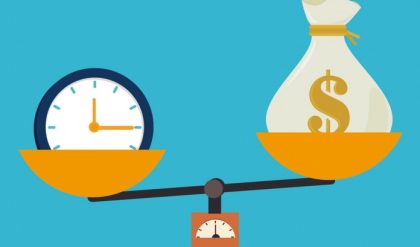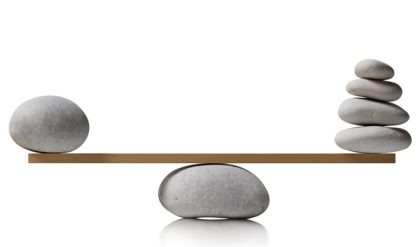Market
A market is a place where buyers and sellers meet and interact. In today’s internet era, buyers and sellers don’t meet necessarily, but they interact and and perform their desired roles.
Market structure is best defined as the organisational and other characteristics of a market. There are some characteristics which affect the nature of competition and pricing.
The most important features of market structure are:
· The number of firms.
· The market share of the largest firms
· The nature of costs
· The degree to which the industry is integrated
· The extent of product differentiation
· The structure of buyers in the industry
Summary of market structures

Consumer Surplus
Consumer surplus is a measure of the welfare that people gain from the consumption of goods and services with regard to the prices they pay for it.
Consumer surplus is the difference between the total amount that consumers are willing to pay and what they actually pay for a good or service (indicated by the demand curve) . Consumer surplus is a measure of welfare.
The amount of consumer surplus can be derived from the demand curve. The price of a commodity is determined by the interaction of demand and supply curve.

Consumer surplus = Amount a consumer is willing to pay – amount he actually pays.
Here P is the equilibrium price ie the market price.
Here,
Consumers are willing to pay P1 for Q1 quantity of commodity.
But they actually pay P.
Here,triangle PP1AE is the consumer surplus
Consumer Surplus = region ABPP1
Consumer surplus and price elasticity of demand
Inelastic Demand means fixed demand ( demand does not changes with a change in price).
When demand is inelastic, there is a greater potential of consumer surplus because there are some consumers who are willing to pay a higher price to consume that product. Whatever the price, the quantity demanded remains the same.
Inelastic Demand means consumers are willing to pay a higher price for buying the commodity.
Here,Consumers are willing to pay P1 for Q1 quantity of commodity.
But they actually pay P.
Here,triangle PP1AE is the consumer surplus
Elastic Demand means flexible demand (demand changes with a change in price, law of demand follows).
When the demand for a good or service is perfectly elastic, consumer surplus is zero because with the increase in price of the commodity, the demand would decrease and vice versa. And would reduce the consumer surplus.

Here P is the the market price and
P1 is the price the consumer is willing to pay.
Now, suppose the price increases From P to Pn.
With the increase in price from P to Pn, Consumer surplus falls from PnPBA to PnPB1A1.
Elastic Demand means consumers are not willing to pay a higher price for buying the commodity.
With the increase in small Price, Demand will fall much more than proportion.
Here, Triangle PP1AB is the consumer surplus.
Change in Consumer Surplus: Price Increase
Consumer surplus = Amount a consumer is willing to pay – amount he actually pays

Here P is the the market price and
P1 is the price the consumer is willing to pay.
Now, suppose the price increases From P to Pn.
With the increase in price from P to Pn, Consumer surplus falls from PnPBA to PnPB1A1.





